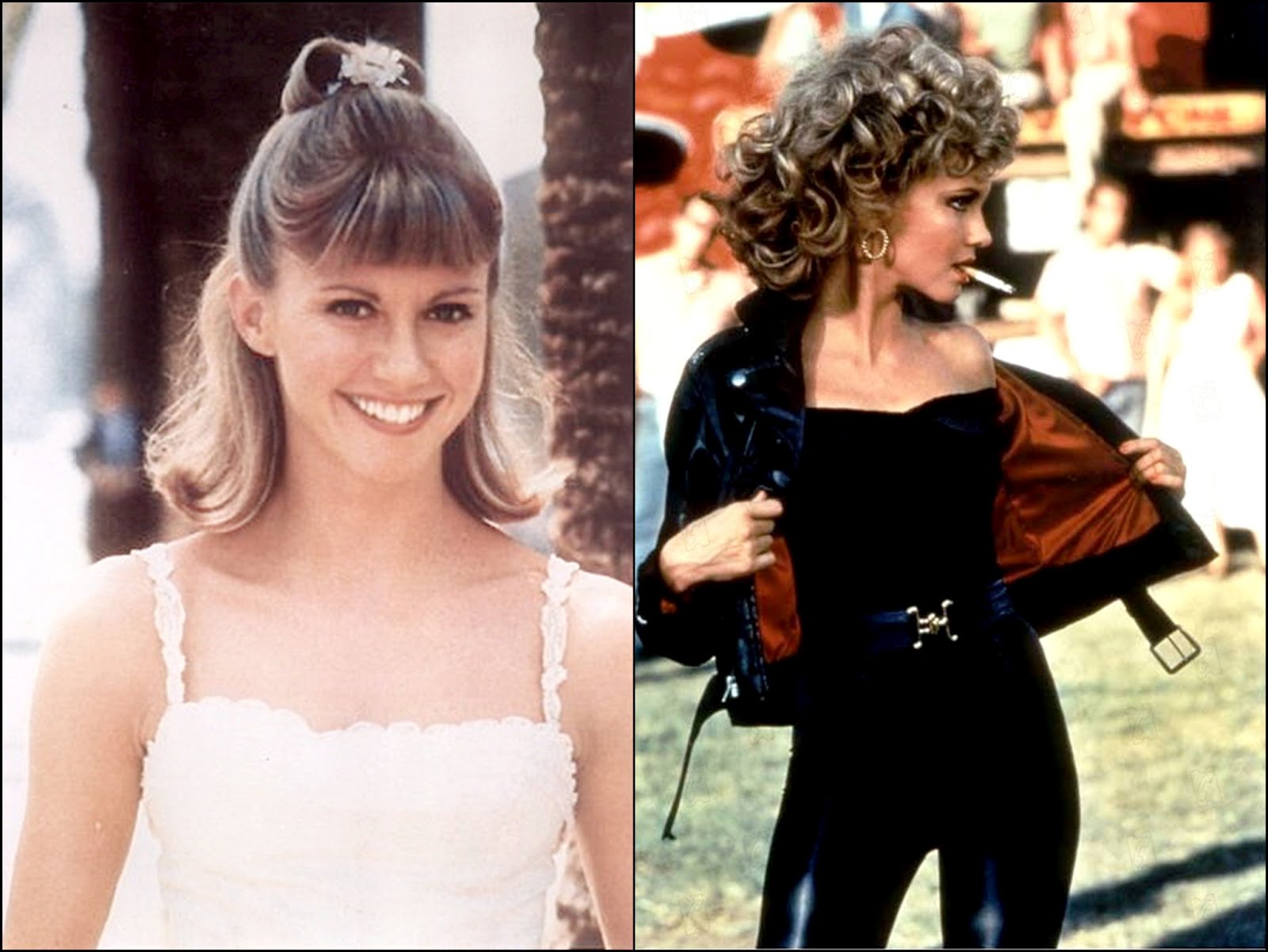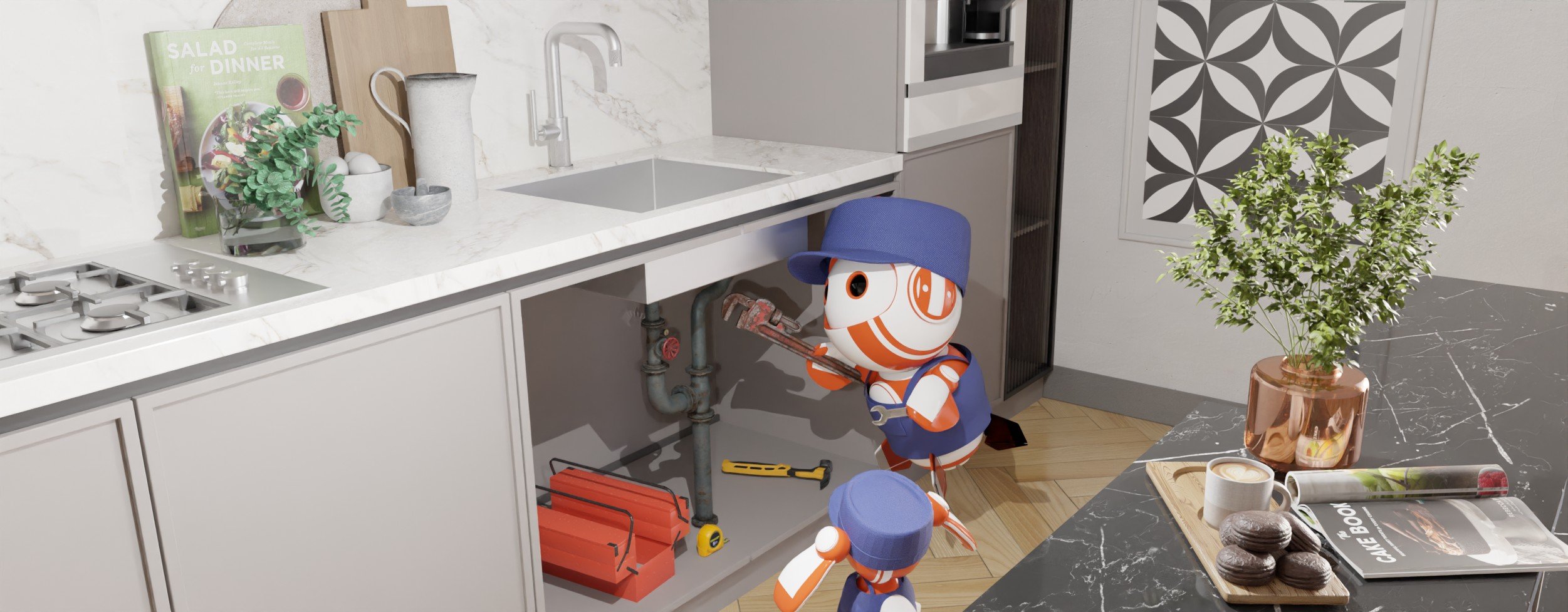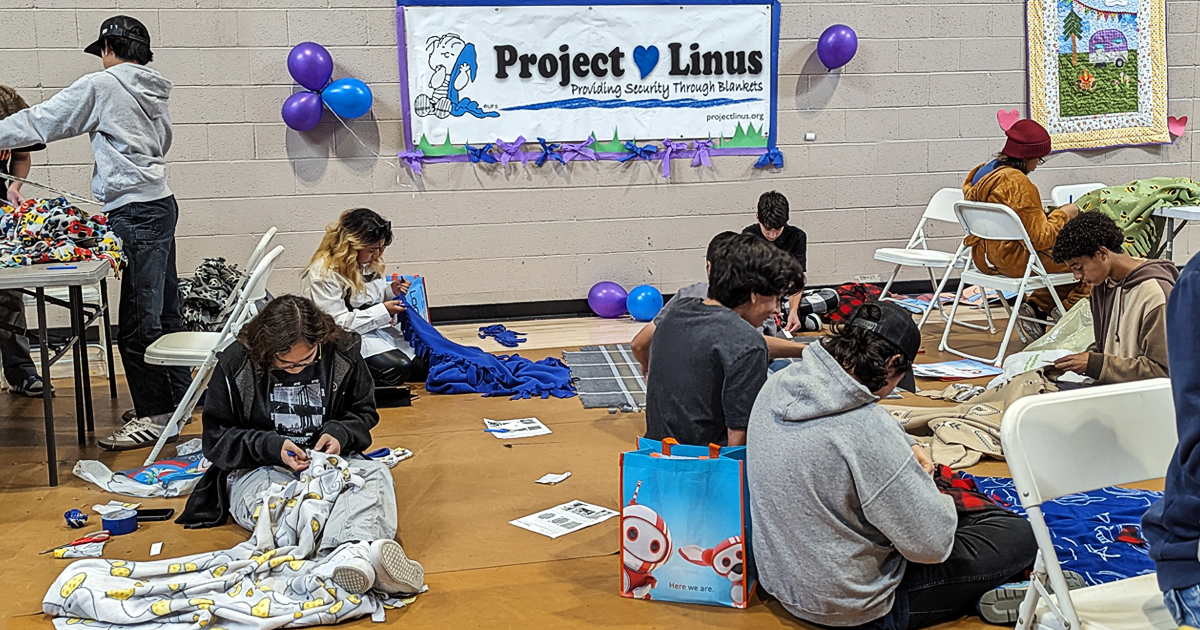A brief stroll through a high school campus will illustrate just about everything you need to know about economics and the class system. I have mentored a 13 year-old kid named Brodie since he was about 9. He has an older sister, Leila who is 15 that I’ve known since she was 11. After two years of high school Leila is an economics expert. She can tell you who is “rich” “middle-class” and “poor” in about 15 seconds of looking at any of the kids from her school. Leila can break down their outfit, lunch options, and even their hair styles to monetary equivalents that establish a financial rank in the high school universe

Indicators like brand names, obviously have direct price implications, but she also notices that “rich” kids are the only ones that own white pants because they are so hard to keep clean. With Brodie’s first year of high school coming up Leila has already begun educating him on his families status at the school they will be attending together this fall. She helps him pick out the kind of shoes that work with the reputation she’s been building, but Brodie doesn’t seem to get it, or care. To the dismay of his sister Brodie could care less about how he is perceived, he just wants the shoes that make his feet good.

Teenagers learn the ropes of society the same way we do; by experience, advice, and observation. In the teenage universe Leila lives in her perspective couldn’t be more factual with legitimate impacts on her social standing and personal life. This is just as true for us. Hearing Leila’s description of their high school campus cliques reminds me of the various neighborhoods in a city, we all know there are some areas with more amenities, good schools, and entertainment. Each of these parts of town have their indicators too, white pants included. Brodie’s response of indifference to the power of these status symbols brings to mind a split of opinions that we often have to deal with. Fancy versus frugal.

Our spending choices aren’t always based on apples to apples comparisons. We often gauge brand prestige and comfort to help us decide. If one option does nothing to improve performance or quality, but acts as a show of luxury sometimes we go for it. The type of lives we want to maintain help us balance those luxuries and we can’t always have everything we want. Those of us with expensive tastes know that we must pay extra for features that you can’t necessarily touch or see but offer some kind of social value or prestige. Though Brodie and Leila are young teenagers, they will continue to face these types of decisions well into adulthood. Adult life can be a bit more complex than high school. The way teens make decisions changes as they mature, but in its simplest form we are still using many of the same factors. Where we draw the line is up to us but it is important to realize what factors are effecting our decision making whenever we reach for our wallets. Follow your inner Brodie (frugal), or your inner Leila (fancy) but do it because you are well informed and know what you want.











